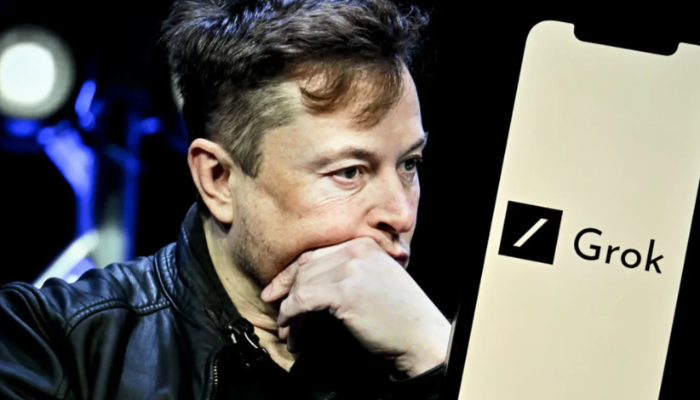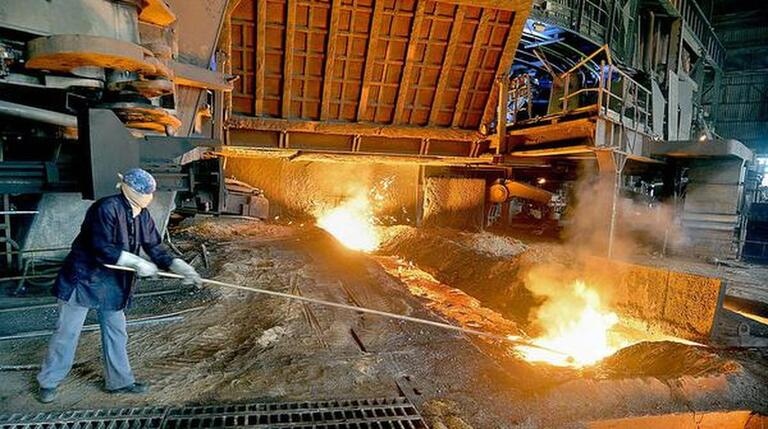
The Internet of Things (IoT) Sensors market is one of the fastest-growing sectors globally, driven by the increasing need for digital transformation, automation, and connectivity across industries. With advancements in technologies like 5G, blockchain, and artificial intelligence (AI), the demand for IoT sensors is expected to soar in the coming years. These sensors are crucial for enabling real-time data collection, improving efficiency, and automating processes in various sectors such as automotive, healthcare, energy, and manufacturing.
In 2022, the global IoT Sensors market was valued at USD 11.20 billion, and it is expected to grow at an impressive rate, reaching USD 14.40 billion in 2023 and projected to reach USD 107.74 billion by 2031. This growth represents a compound annual growth rate (CAGR) of 28.60% from 2024 to 2031. The rapid expansion is fueled by the increasing adoption of IoT-enabled devices, the rise in demand for connected solutions, and the growing focus on smart cities, smart homes, and industry 4.0 technologies.
Emerging technologies are playing a pivotal role in shaping the future of the IoT Sensors market. The integration of 5G connectivity, for instance, is expected to significantly boost the performance of IoT devices by enabling faster data transmission and reduced latency. Blockchain technology is enhancing the security and transparency of IoT systems, making it easier to manage and secure the vast amount of data generated by IoT sensors. Furthermore, AI and machine learning are enabling predictive maintenance, real-time data analysis, and enhanced decision-making capabilities in industries that rely on IoT sensors.
Key sectors driving the growth of the IoT Sensors market include automotive, telecommunications, healthcare, and renewable energy. The automotive industry is seeing increased adoption of IoT sensors for applications such as autonomous driving, vehicle-to-vehicle communication, and in-vehicle monitoring. In telecommunications, IoT sensors are used to monitor network performance and optimize service delivery. Healthcare applications of IoT sensors are also growing, with the use of wearable devices that track vital signs and monitor patient health in real-time.
The renewable energy sector is another key contributor to the market growth, as IoT sensors are increasingly being used in solar, wind, and energy storage systems to monitor performance, track energy production, and optimize energy efficiency. The growing global focus on sustainable energy sources is expected to further drive the adoption of IoT sensors in this sector.
One of the key factors influencing the growth of the IoT Sensors market is the increasing adoption of electric vehicles (EVs). IoT sensors are critical for the functioning of EVs, as they monitor various parameters such as battery health, temperature, and charging cycles. The global shift towards electric mobility is expected to accelerate the demand for IoT sensors in the automotive sector.
The market is segmented by sensor type and network technology, with several categories playing a crucial role in the market’s development. Sensor types include temperature sensors, pressure sensors, humidity sensors, flow sensors, accelerometers, magnetometers, gyroscopes, image sensors, and proximity sensors. These sensors are used in a wide range of applications, from industrial automation to healthcare monitoring.
Network technologies in the IoT Sensors market are divided into wired and wireless technologies. Wired technologies, such as KNX, LonWorks, Ethernet, and Modbus, have been widely used in industrial settings, while wireless technologies like Wi-Fi, Bluetooth, Zigbee, and Z-Wave are increasingly being adopted in consumer and commercial applications. The flexibility and scalability of wireless network technologies are expected to drive their growth in the IoT Sensors market.
Key players in the IoT Sensors market include Texas Instruments Inc. (USA), TE Connectivity (Switzerland), Honeywell International Inc. (USA), Siemens AG (Germany), STMicroelectronics (Switzerland), and NXP Semiconductors (Netherlands), among others. These companies are investing heavily in research and development to create more efficient, reliable, and cost-effective IoT sensors. They are also expanding their product portfolios to cater to the growing demand from various sectors.
Regional sales analysis shows that North America is expected to hold the largest market share, followed by Europe and Asia-Pacific. The North American market is driven by the presence of leading technology companies, the early adoption of IoT technologies, and government initiatives supporting digital transformation. The Asia-Pacific region, particularly China and India, is expected to witness the highest growth due to the increasing adoption of IoT sensors in manufacturing, automotive, and energy sectors.
The market’s growth trajectory is also influenced by key challenges such as data privacy and security concerns, high installation costs, and the need for interoperability among different IoT devices. However, with continuous innovation and advancements in sensor technologies, these challenges are expected to be addressed, enabling the market to reach its full potential.
The IoT Sensors market is set for substantial growth over the next decade, with emerging technologies paving the way for more efficient, scalable, and secure solutions. As industries continue to embrace digital transformation, the demand for IoT sensors will only increase, providing new opportunities for businesses and technology providers alike.







